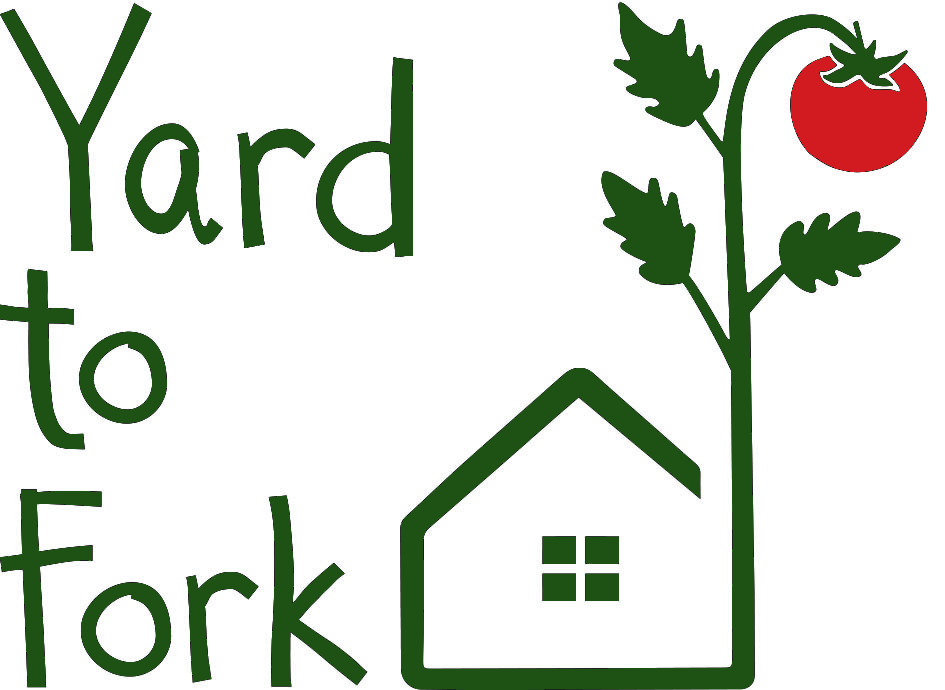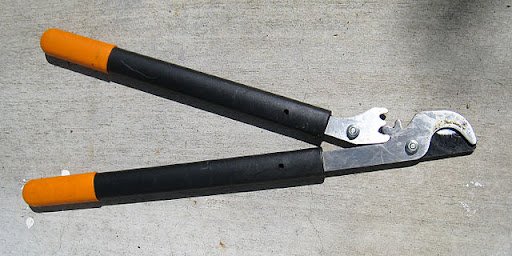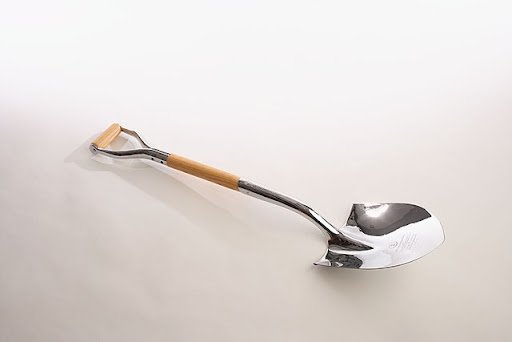Inside the Yard to Fork Gardener’s Toolkit
/Are you looking for some inspiring ideas on how to upgrade your garden tools? Or maybe just curious to know where to begin with a collection? Take a peek at the tools we prefer and why we prefer them, and hopefully you’ll discover something useful for your own gardening pursuits!
Hand Pruners / Pruning Shears
If there’s a single tool that you want to be selective with, it’s your pair of hand pruners (aka pruning shears). Nothing is used more often, and when held right, the blade side is quite a handy pocket knife (and we’ve even been known to use closed pruners to dig holes and hammer in stakes, although we don’t officially advise it, haha).
Just like most tools, you’ll pay for quality, and out of everything listed here, this would be the one to make an investment in. Corona makes a number of decent models that are a fair balance between quality and price; most other brands available at hardware stores won’t stand up to them. A runner-up would be Fiskar, but the quality between available models can be hit or miss.
If you’re looking for top of the line, look no further than Felco. Made in Switzerland, these shears come with a lifetime warranty, and every part is replaceable, down to the safety latch. That’s what sets Felco apart: when the blade chips, or you happen to lose the spring, etc, you can purchase the part for relatively little and easily swap it out, rather than having to purchase a whole new set of pruners like other brands. They are truly made to stay with you for a lifetime. The universal model is the Felco 2, and it usually retails around $69.
Regardless of what pair you end up choosing, it’s always a good idea to purchase a holster with them. This keeps them handy in the garden while hanging from a belt or pocket, helps to repel dirt and moisture, and keeps them protected when stored. Pruners that live in holsters when not being used always last much longer!
Hori Hori / Trowel
A trowel is essential for digging out old plants and easily digging down to check soil moisture. It’s also useful in turning up and breaking apart soil when planting new plants; adequate oxygen and roots space is important for young seedlings to get established. But, if you’re looking to upgrade the usefulness of your trowel, consider getting a hori hori.
Available at most nurseries and garden supply stores, a hori hori is a Japanese tool that combines the digging/scooping function of a trowel with the serrated cutting action of a knife, making it far more useful in cutting apart roots and plant stems. Once you use a hori hori, it’s difficult to go back to using a trowel!
Loppers/ Curved Hand Saw
A common mistake among gardeners of all experience levels is attempting to cut larger branches and roots with smaller hand pruners. If you have to twist and turn your pruners to cut through something, the tool is probably too small; use something larger if what you’re trying to cut is over 1 inch thick. This is where loppers and/or a small, curved hand saw come in.
Though not used as often, loppers and hand saws are indispensable when required. Using them will help to minimize damage to your plants, as muscling your hand pruners through a tough cut often tears up plant tissue and bark. They will also save you time and a nasty hand ache!
Gloves
It is very much worth seeking out a pair of form-fitted gloves, rather than using bulky, large-fingered leather gloves. The common, large leather gloves are useful when handling large piles of brush, but won’t give you the dexterity that form fitted gloves provide. This is especially useful when pruning and planting, as you want as much tactile control as possible. Most gloves intended for gardening also have waterproof rubber grip, and breathe much better than a pair of leather gloves. There are a ton of options out there so experiment with different materials and models; finding the right size is most important for reducing hand fatigue.
Collapsible Garden Bag
This has become an essential tool for our gardening team. The collapsible bag has a large volume which allows you to fill it without having to empty it repeatedly, like you might have to do with a 5 gallon bucket, and it collapses flat for easy storage so it won’t take up all that space in a shed or garage. Usually made of fabric or pliable plastic, they’re more susceptible to rips and snags than a hard plastic bucket, but with care, it will last as long or longer than most other garden receptacles available as it won’t crack, dent or shatter.
Short Round Shovel/ Short Gardening Fork
Most of us have some standard, long-handled shovels hanging around, but the short-handled round shovel, with the D-shaped grip, is so much easier to use with raised beds. “Round” denotes the rounded edge that ends at a dull point (vs a flat shovel that has a square shape and flat edge), and the grip looks like the capital letter “D” with a round dowel for holding. This grip gives you much more control and leverage when digging while in a standing position, rather than having to wrestle with a long shovel handle.
A gardening fork with the same handle shape and length is also incredibly useful, as it allows you to penetrate into the thick root balls of plants you’re trying to remove, and you’re less likely to damage potatoes when harvesting them due to the reduced surface area of the tines. The gardening fork also breaks up dirt clods and aerates soil more easily than a shovel. An argument can even be made that, overall, the fork is more useful than the shovel. But you decide!
The different types of gardening tools and gadgets out there are seemingly endless, but the ones listed here are all you would ever need for a backyard garden. Give a new garden tool a try, and feel free to ask for ideas on where to shop!












